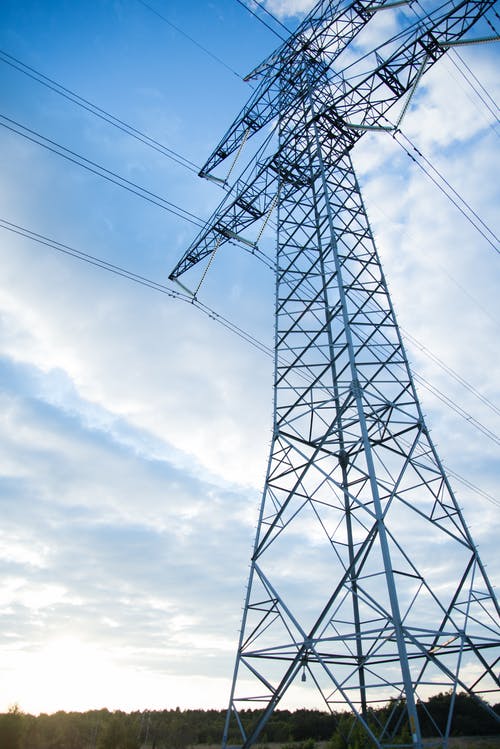U.S. Energy Department Announces $1.3 Billion for Interregional Power Lines Across Six States

The U.S. Energy Department on Oct. 30 announced a $1.3 billion commitment in three transmission projects crossing six states – Arizona, Nevada, New Hampshire, New Mexico, Utah, and Vermont. The commitment will support transformative projects aimed to add 3.5 gigawatts (GW) of grid capacity throughout the U.S., equivalent to powering about 3 million homes and creating over 13,000 jobs.
This marks the first projects supported by the Transmission Facilitation Program, a $2.5 billion revolving fund created by the 2021 Infrastructure Investment and Jobs Act, to address financial obstacles associated with building new, large-scale power lines, upgrading existing lines, and connecting microgrids. The department anticipates releasing a second round of funding in the first half of 2024 through a solicitation that may include a combination of public-private partnerships, loans, and capacity contracts, totaling up to $1 billion.
The department also released the first National Transmission Needs Study, which assesses current and anticipated future capacity constraints and congestion on the grid, thereby providing insight into the where the grid would benefit from increased transmission and which communities would benefit from the same. To unlock the power sector emissions savings enabled by the 2022 Inflation Reduction Act, the study estimates that by 2030 the Mountain region will need nearly 2,300 gigawatt-miles (GW-mi) of new transmission, the Southwest will need 935 GW-mi, and the North East region will need 1.5 GW of new transfer capacity with its neighbours.
The department is entering into capacity contract negotiations with three proposed interregional transmission line projects. The projects are:
- Cross-Tie 500kV Transmission Line, a proposed 214-mile,1500 MW line connecting existing transmission systems in Utah and Nevada to increase transmission capacity, enhance grid reliability and resilience, relieve congestion on other important power lines, and allow better access to low-cost renewables in the region.
- Southline Transmission Project, a proposed 175-mile, 748 MW transmission line from New Mexico to Arizona that would support renewable energy development in southern New Mexico for supply to growing markets in Arizona that currently depend on fossil fuel generation.
- Twin States Clean Energy Link, a proposed 1,200 MW high-voltage direct current bidirectional line that would expand the capacity of the New England power grid and enhance its resiliency, reliability, and efficiency by giving access to clean firm energy supplies in Quebec, Canada.
The announcement comes on the heels of an award of up to $3.5 billion under the Grid Resilience and Innovation Partnerships initiative for projects across 44 states to strengthen electric grid resilience and reliability across the nation. The largest of these is a $464 million award to support a portfolio of five transmission projects across seven Midwest states. In addition, the department has recently announced more than $748 million in formula funding to states, territories, and tribes through the Grid Resilience State and Tribal Formula Grants program to bolster the U.S. grid against wildfires, extreme weather, and climate-induced natural disasters. The department estimates that power outages cost U.S. businesses $150 billion annually.
Transmission investments are becoming increasingly important to deliver electricity from high-quality, large-scale renewable resources often located far from load centers. The Departments of the Interior and Energy recently released an action plan to address offshore wind transmission challenges for the Atlantic Coast of the U.S., outlining short-term goals to be accomplished by 2025 and sustained actions to achieve goals for 2050 and beyond. The plan discusses measures to unlock the potential of Atlantic offshore wind energy, including immediate actions to connect the first generation of Atlantic offshore wind projects to the grid.
EnerKnol Pulses like this one are powered by the EnerKnol Platform—the first comprehensive database for real-time energy policy tracking. Sign up for a free trial below for access to key regulatory data and deep industry insights across the energy spectrum.
ACCESS FREE TRIAL